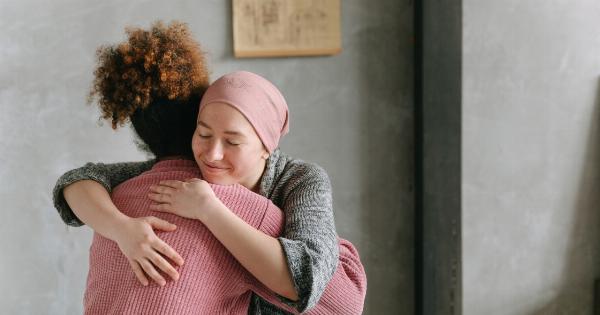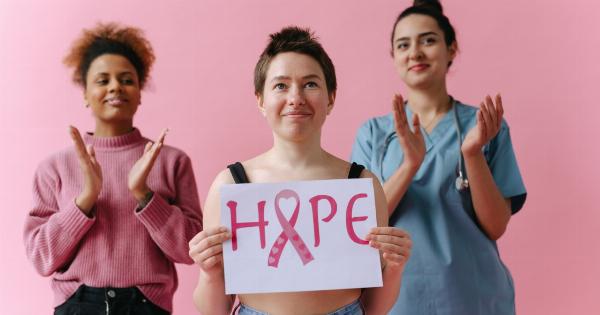Breast cancer is a heterogeneous disease that differs significantly between patients. Due to the variability of individual cases, using the same treatment approach for all patients is not optimal.
Personalized or tailored treatments are more effective than standard treatments because they take into account the unique genetic and molecular make-up of each case. The objective of this article is to describe the various tailored treatments options for breast cancer patients.
Genetic Testing: Targeting the Biochemical Makeup
Genetic testing identifies mutations in the genes, which contribute to breast cancer. The BRCA1 and BRCA2 genes, for example, increase the chances of developing breast and ovarian cancer in women who inherit them.
Studying the inherited mutations can give insight into the developing cancer sub-types and guide treatment planning. Genetic testing may be done through the blood or tissue samples.
Hormone Therapy: Treating Hormone-Sensitive Breast Cancers
Hormone therapy works by blocking or eliminating estrogen and progesterone in patients with hormone-sensitive breast cancer.
This type of breast cancer is known to exhibit high amounts of estrogen or progesterone receptors on the surface of the cancer cells.
Immunotherapy: Boosting the Immune System
Immunotherapy is a cancer treatment that stimulates the body’s immune system to attack cancer cells. By using the immune system, unhealthy cells can be specifically targeted.
Unlike conventional cancer treatments that target both healthy and unhealthy cells, immunotherapy boosts the immune system, making it possible to bypass healthy cells.
Targeted Therapy: Attacking the cancer cells
Targeted therapy is a type of drug therapy that specifically targets cancer cells. By blocking a protein that cancer cells need to grow, these treatments produce fewer side effects than traditional chemotherapy.
Targeted therapy may target different types of breast cancer cells, such as those that produce too much of a protein called HER2 or those with abnormal amounts of a protein called VEGF.
Surgery: Removing the affected tissue
Surgery is performed to remove the affected tissue or lump from the breast. The surgeon may remove all or some part of the breast tissue, depending on the extent of the cancer. This may be done in combination with other treatments mentioned above.
Radiation Therapy: Treating the remaining cancer
Radiation therapy is administered after surgery to kill any remaining cancer cells. Radiation therapy uses high-energy particles or waves to destroy the cancer cells while avoiding damage to the surrounding healthy tissues.
Chemotherapy: Treating the entire body
Chemotherapy is administered to patients with aggressive cancers that have spread beyond the breast. Chemotherapy drugs, given orally or through the veins, are designed to kill cancer cells that are rapidly dividing in the body.
Depending on the circumstance of the patient, chemotherapy may be given pre- or post-surgery.
Clinical Trials: Still Not Sure Which Treatment Works Best
Clinical trials are studies conducted on new cancer therapies or follow-up researches on existing treatments to find out therapy effectiveness, side effects, and dosing adjustments.
Clinical trials can be critical for patients with few or no traditional therapies and assist in understanding newly developed tailored treatment options.
The Bottom Line
Tailored treatments for breast cancer have opened up a new level of hope for women. By recognizing the unique nature of each cancer case, personalized treatment provides a more effective and less damaging treatment.
The knowledge of the genetic and biochemical makeup of a person is crucial in treatment planning. And in addition to surgical, radiation and chemotherapeutic approaches, targeted and immunotherapies give specific support to the battle against breast cancer.
Women with breast cancer need to discuss the custom-made approach to cancer therapy with their doctors or health care experts to find out what may be the most effective treatment for their specific condition.























